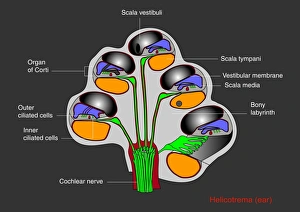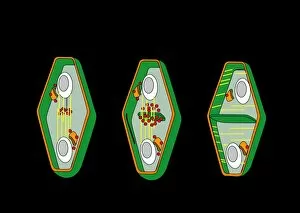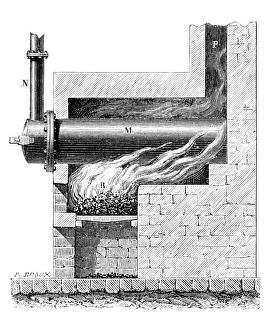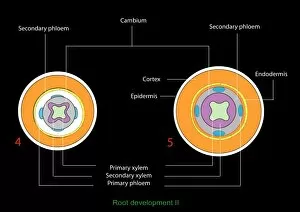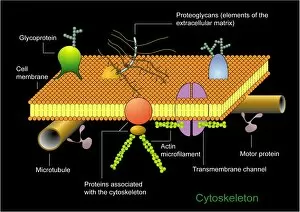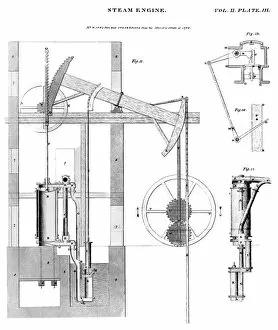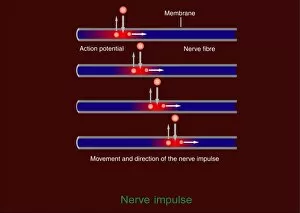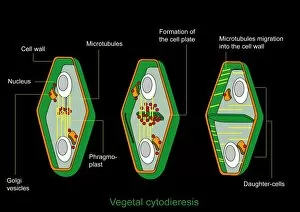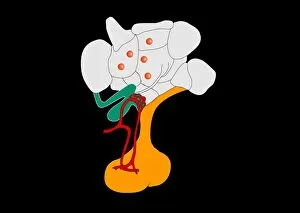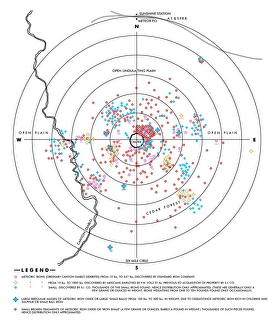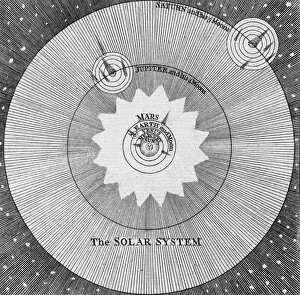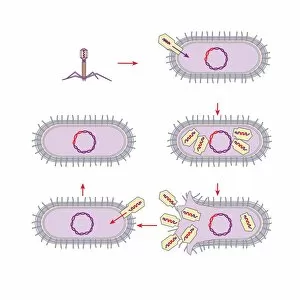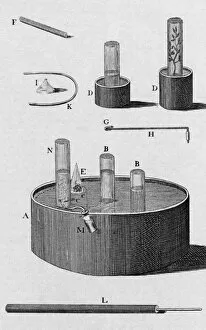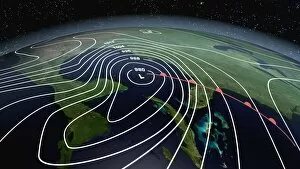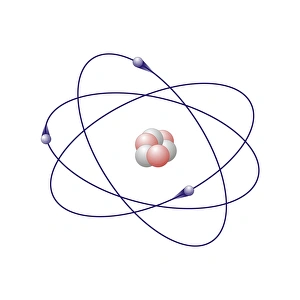Diagram Collection (page 117)
"Unveiling the Secrets
All Professionally Made to Order for Quick Shipping
"Unveiling the Secrets: A Journey Through Diagrams" Step into the realm of knowledge as we explore a myriad of captivating diagrams that have shaped our understanding of the world. From ancient Rome's intricate map, revealing its grandeur and complexity, to an exquisite Victorian botanical illustration showcasing the majestic Oak Tree in all its glory. Delve into the depths of innovation with a glimpse at T class Submarine's diagram, unraveling its inner workings and engineering marvel. Or travel back in time to witness medieval ingenuity through the enigmatic urine wheel diagram, a testament to human resourcefulness. Embark on an enlightening voyage through science and art with Leonardo da Vinci's meticulous skull anatomy diagram or marvel at Filippo Brunelleschi's visionary cross-section design for Santa Maria del Fiore Cathedral in Florence. Immerse yourself in Dante Alighieri's Inferno brought to life by a mesmerizing woodcut from a Venetian edition of his Divine Comedy. Witness history unfold before your eyes as G. H. Davis captures Sydney Harbour Bridge taking shape or unveils the intricacies of human anatomy with backbone including ribs and pelvis. Discover military strategy etched onto paper with Battle of Cannae plan from 216 BC or admire G. H. Davis' depiction of British 25-pounder field gun, showcasing precision engineering. These they are windows into worlds both known and unknown – gateways where imagination meets reality, inviting us to ponder their significance and appreciate humanity's thirst for knowledge throughout centuries.

